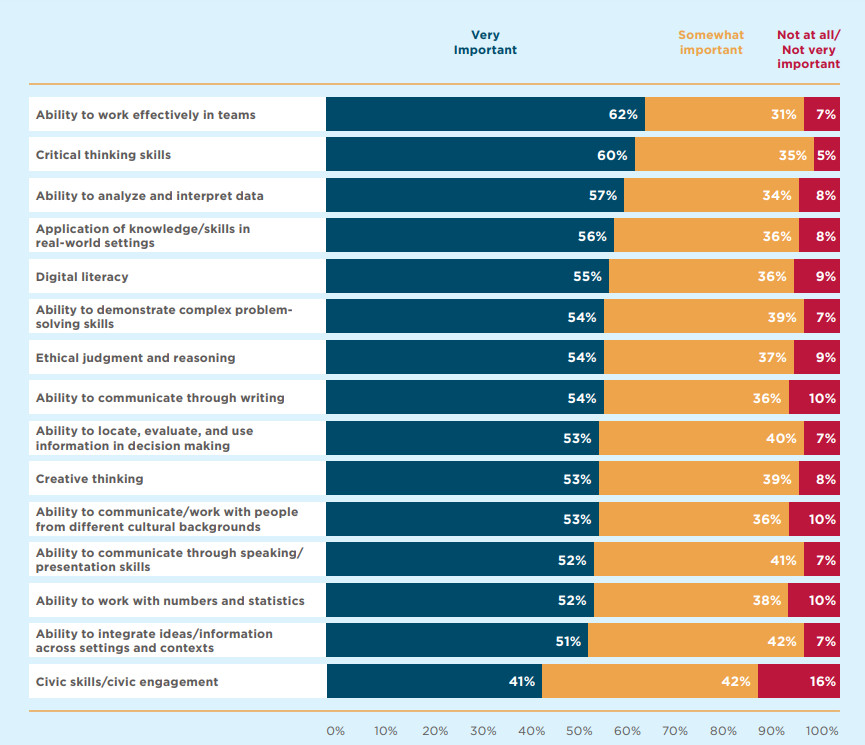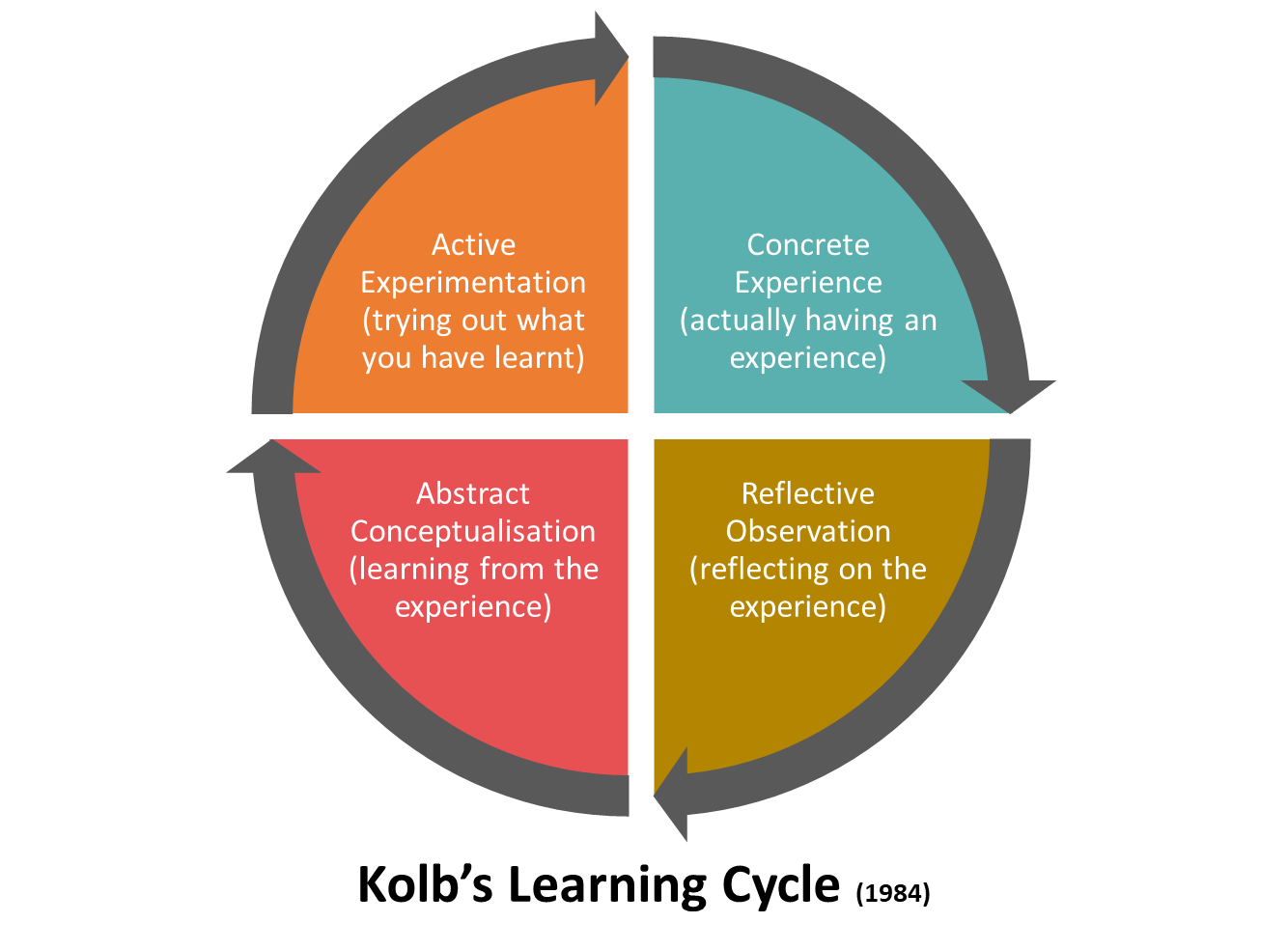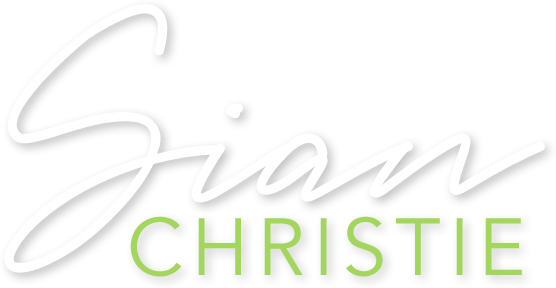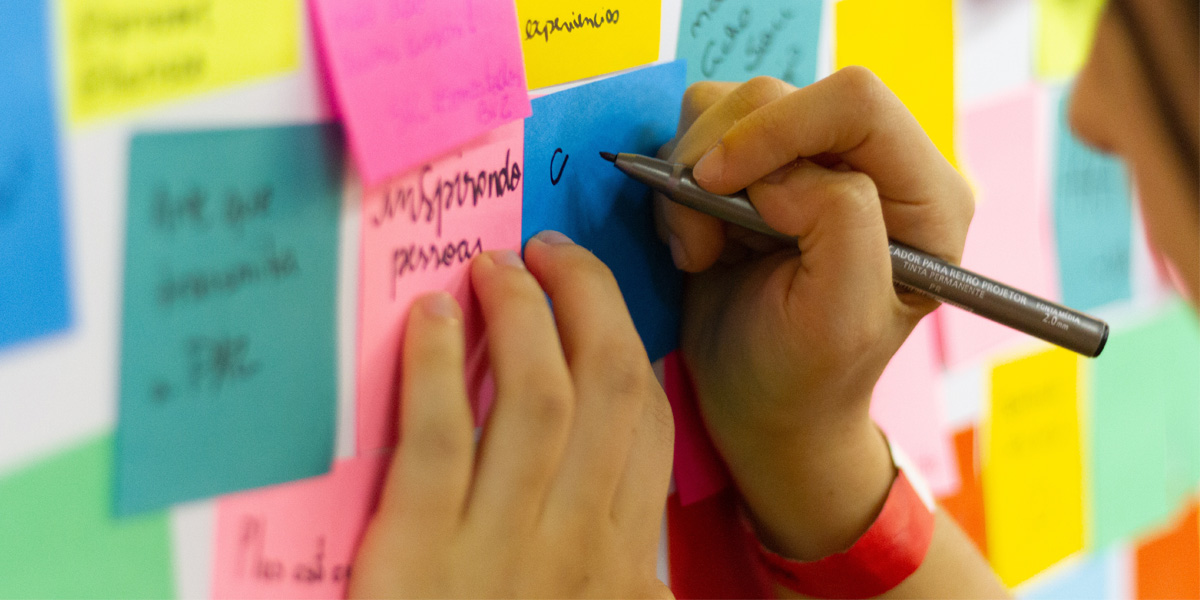educational practices
Over my 19 years at St. Olaf College I have worked to develop curriculum that is evolving and adapting to better support the changing needs of our students and help prepare them for a dynamic work world. In the business field, students learn best when they apply what they have learned in the classroom to real-world problems. In my classes, I achieve this application through these three interrelated methods:
- Active, team-based learning: Students work in teams on challenging tasks and projects to develop their critical thinking, problem-solving, and communication skills.
- Supporting vocational discernment: I help students reflect on their values, interests, and skills, and identify career paths that align with their values and goals.
- Exploring issues from local, national, and international perspectives: I encourage my students to think critically about the complex challenges facing our world, and to develop solutions that are sustainable and equitable.
I am passionate about infusing creativity and innovation into the curriculum. My classes are rooted in motivating students to develop curiosity and turn ideas into action. I teach a broad variety of business classes: Design Thinking & Entrepreneurship, Organizational Storytelling, Marketing, Innovation in New Zealand, and Management Policy & Strategy.
I am also an early adopter to new technologies and continue to introduce these new tools in my classroom. For example, this year my classes used artificial intelligence as a brainstorming technique.
LEARNING OUTCOMES
The AAC&U 2021 report “How College Contributes to Workforce Success: Employer Views on what matters” found, from a total respondent sample of 496, that employers rank these skills (see figure 4 -adjacent) either as very important or somewhat important. It is my goal to include assignments that address these essential learning outcomes in all my classes.
I am committed to engaging students in high-impact immersive practices – study abroad/away, community-based learning, and credit-bearing internships. Research suggests that students make the strongest learning gains from such practices when they apply metacognitive skills, critical observation, analysis, and reflection, thus testing the alignment between theory and practice. As a result, reflective activities and assignments are an integral component in all my classes.
REFLECTION
According to Dewey, “there must be a level of perplexity or hesitation that serves as a catalyst to active exploration or attempting to identify more information in order to confirm or contradict a learner’s current or suggested belief”(Perry, 2012). However, this experience is not enough to change the way we think – there must be a process to assess the situation based on previous experience. That is, REFLECTION.
According to Kolb’s (1984) model of experiential learning (illustrated on the right), to transform one’s experience into knowledge, there needs to be a learning cycle: learners must begin with their own concrete experience, then engage in reflective observation, move to the stage of conceptualization, where they understand the implications of their experience, and then actively experiment the concepts.


Through his Pedagogy of the Oppressed (1970), Freire argues that education is about the creation of “possibilities for the production or construction of knowledge”. Experiential learning does not have to extend just outside the classroom. The goal is for experiential learning to be part of every classroom, on- and off-campus.
Mezirow lists the following steps that can ultimately lead to a learner’s transformation:
- A disorienting dilemma;
- Self-examination with feelings of guilt or shame;
- A critical assessment of epistemic, sociocultural, or psychic assumptions;
- Recognition that one’s discontent and the process of transformation are shared and that others have negotiated a similar change;
- Exploration of options for new roles, relationships, and actions;
- Planning of a course of action;
- Acquisition of knowledge and skills for implementing one ’s plans;
- Provisional trying of new roles;
- Building of competence and self-confidence in new roles and relationships;
- A reintegration into one’s life on the basis of conditions dictated by one’s new perspective (Mezirow, 1991: pp. 168-169)



